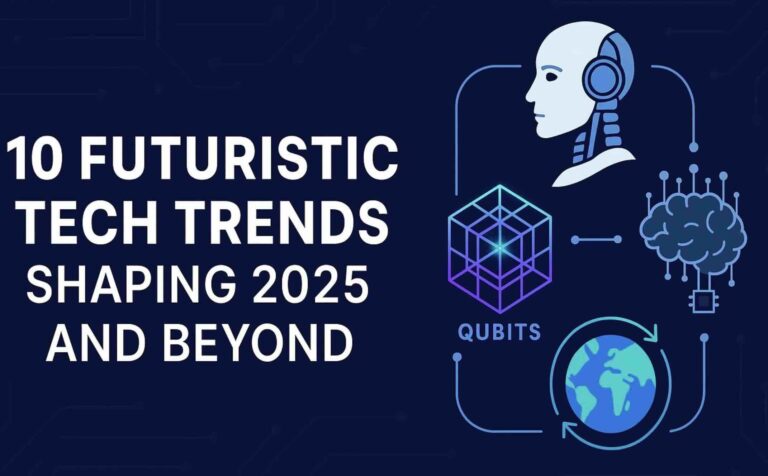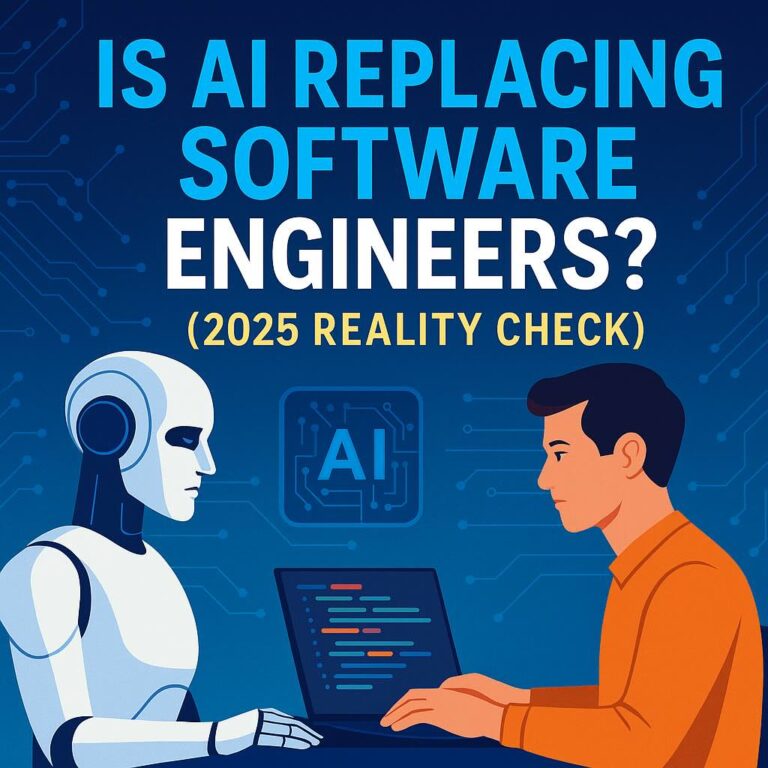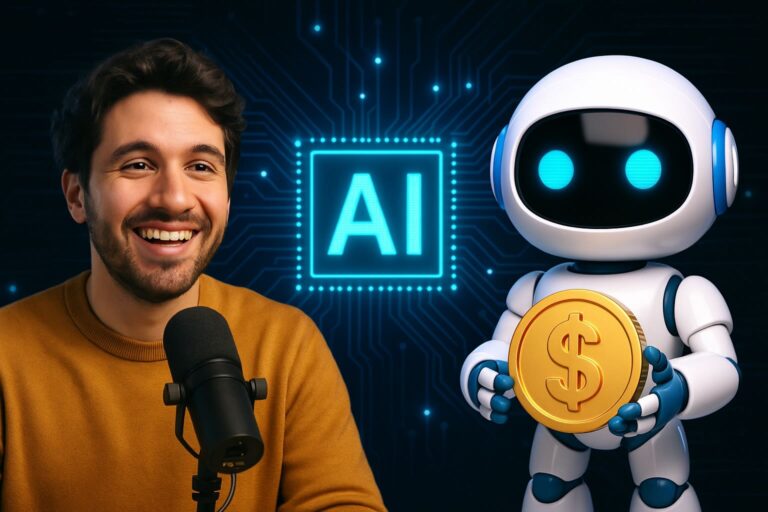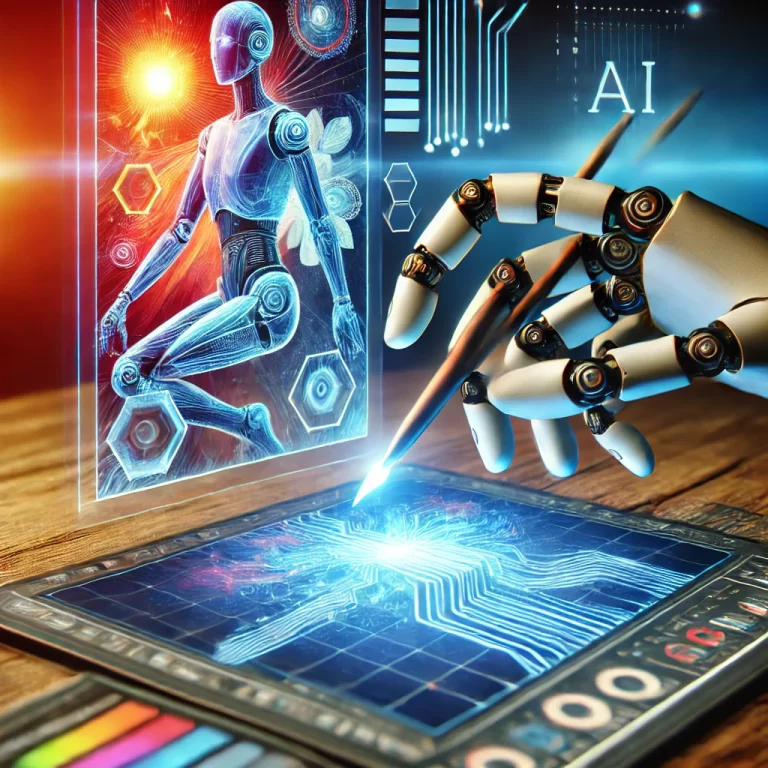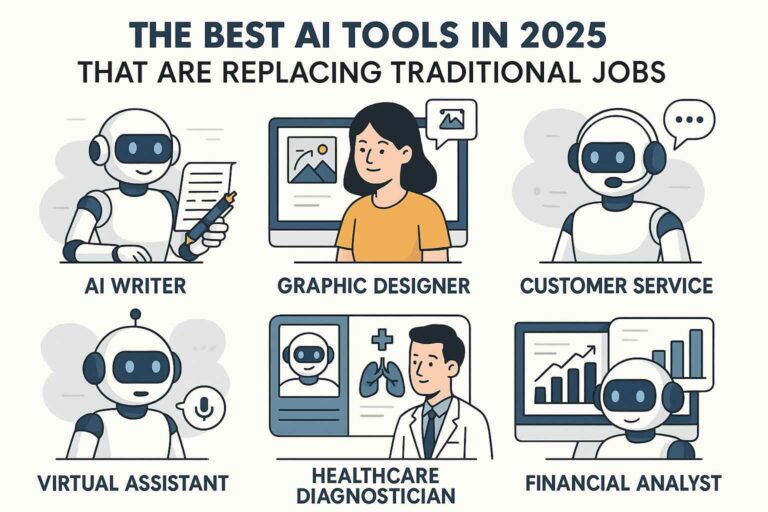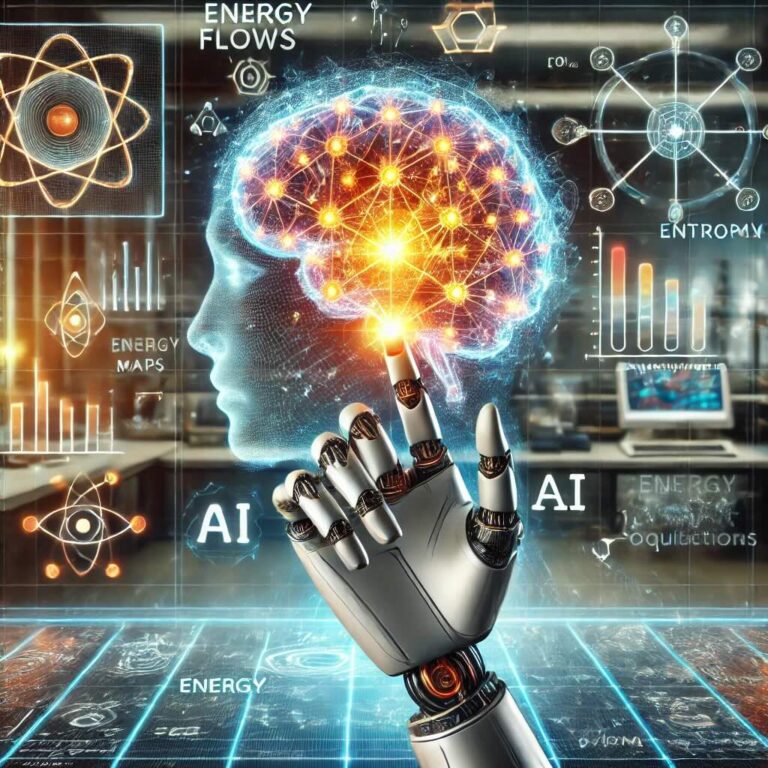Sam Altman is a name that resonates profoundly in the world of technology and entrepreneurship. A visionary leader, Altman has played a pivotal role in shaping the landscape of artificial intelligence (AI) through his co-founding of OpenAI. This article delves deep into the life of Sam Altman, tracing his journey from his early career to his significant contributions at OpenAI and his vision for the future of AI.
Early Life and Education
Samuel H. “Sam” Altman was born on April 22, 1985, in St. Louis, Missouri. From a young age, Altman exhibited a keen interest in technology and computers. By the time he was eight years old, he had already learned to program, which set the stage for his future endeavors in the tech world.
Altman attended John Burroughs School, a private preparatory school in St. Louis, where he further nurtured his passion for technology. His academic excellence and burgeoning interest in computer science led him to Stanford University. However, like many tech visionaries before him, Altman dropped out of Stanford to pursue his entrepreneurial ambitions. This decision would mark the beginning of a remarkable journey in the tech industry.
Early Career and Loopt
In 2005, at the age of 19, Sam Altman co-founded Loopt, a location-based social networking app, with Nick Sivo and a few other friends from Stanford. Loopt was one of the first mobile apps to utilize GPS technology to provide location-based services. The app allowed users to share their location with friends and see their friends’ locations on a map.
Loopt quickly gained traction and caught the attention of investors. The company raised over $30 million in venture capital from prominent firms such as Sequoia Capital and New Enterprise Associates (NEA). Despite its innovative approach, Loopt faced stiff competition from other location-based services like Foursquare and Facebook Places. Ultimately, Loopt struggled to achieve widespread adoption.
In 2012, Loopt was acquired by Green Dot Corporation for $43.4 million. Although Loopt did not become a household name, the experience proved invaluable for Altman. It taught him important lessons about the startup ecosystem, product development, and the dynamics of the tech industry.
Y Combinator: The Accelerator Era
After the acquisition of Loopt, Sam Altman joined Y Combinator (YC), a renowned startup accelerator based in Silicon Valley. YC had been founded by Paul Graham, Jessica Livingston, Trevor Blackwell, and Robert Tappan Morris in 2005. Altman initially joined as a part-time partner in 2011, but his role quickly expanded due to his keen insight and entrepreneurial experience.
In 2014, Paul Graham announced that he was stepping down as president of Y Combinator, and Sam Altman was chosen as his successor. As president, Altman oversaw the growth and expansion of YC. Under his leadership, YC funded and mentored hundreds of startups, including some that would go on to become industry giants, such as Airbnb, Dropbox, Stripe, and Reddit.
Altman’s tenure at YC was marked by several key initiatives:
- YC Continuity: A $700 million growth-stage fund to support YC companies in later stages of development.
- YC Research: A non-profit research arm to explore long-term projects and societal issues.
- Startup School: An online program to provide education and mentorship to aspiring entrepreneurs around the world.
Through these initiatives, Altman solidified YC’s position as a premier startup accelerator and a cornerstone of Silicon Valley’s innovation ecosystem.
The Birth of OpenAI
In 2015, Sam Altman co-founded OpenAI with Elon Musk, Greg Brockman, Ilya Sutskever, John Schulman, and Wojciech Zaremba. OpenAI was established with a mission to ensure that artificial general intelligence (AGI) benefits all of humanity. The founders were driven by the belief that AI had the potential to profoundly impact society, and it was crucial to guide its development responsibly.
The inception of OpenAI was marked by a few core principles:
- Open Research: Promoting open collaboration and sharing research with the global scientific community.
- Safety and Ethics: Prioritizing the safe and ethical development of AI technologies.
- Broad Access: Ensuring that AI advancements benefit a wide range of people and mitigate risks of misuse.
OpenAI started as a non-profit organization, with initial funding of $1 billion pledged by its co-founders and investors. The organization quickly attracted top talent in AI research and began producing groundbreaking work in the field.
Key Contributions and Achievements at OpenAI
Under Sam Altman’s leadership, OpenAI achieved several significant milestones in AI research and development:
1. GPT Series
One of OpenAI’s most notable contributions is the Generative Pre-trained Transformer (GPT) series. The GPT models are state-of-the-art natural language processing (NLP) systems capable of understanding and generating human-like text. The progression from GPT-1 to GPT-3 demonstrated exponential improvements in language understanding and generation capabilities.
GPT-1: Introduced in 2018, GPT-1 was a 117 million parameter model that showcased the potential of unsupervised pre-training for NLP tasks.
GPT-2: Released in 2019, GPT-2 was a significant leap with 1.5 billion parameters. It garnered widespread attention for its ability to generate coherent and contextually relevant text. Due to concerns about misuse, OpenAI initially withheld the full model but later released it after thorough risk assessment.
GPT-3: Launched in 2020, GPT-3 is a 175 billion parameter model, making it one of the largest and most powerful language models ever created. Its capabilities include language translation, summarization, question-answering, and even creative writing. GPT-3’s versatility and performance set new benchmarks in the field of NLP.
GPT-4: The successor to GPT-3, shrouded in secrecy! While details are limited, GPT-4 is expected to surpass its predecessor in creativity, factual accuracy, and ability to handle longer text formats. It might even understand and respond to images!
2. DALL-E and CLIP
In 2021, OpenAI introduced DALL-E and CLIP, two innovative models that combined vision and language understanding.
DALL-E: A neural network capable of generating images from textual descriptions. DALL-E demonstrated the ability to create unique and imaginative images based on detailed prompts, showcasing the potential of AI in creative fields.
CLIP: A model that can understand and interpret images and text together. CLIP was trained on a vast dataset of images and their corresponding captions, enabling it to perform tasks like image classification, zero-shot learning, and more.
3. Codex and GitHub Copilot
In 2021, OpenAI introduced Codex, a descendant of the GPT-3 model fine-tuned for programming tasks. Codex powers GitHub Copilot, an AI-powered code completion tool developed in collaboration with GitHub.
GitHub Copilot: A revolutionary tool for developers, GitHub Copilot assists in writing code by suggesting lines, functions, and even entire code blocks based on the context. It has the potential to significantly enhance productivity and streamline the software development process.
The Transition to OpenAI LP
In 2019, OpenAI transitioned from a non-profit organization to a “capped-profit” model known as OpenAI LP. This change was driven by the need for substantial funding to compete with other tech giants in the AI space and to scale their research efforts. Under this new structure, investors could receive a capped return on their investment, while the remaining profits would be reinvested in OpenAI’s mission.
The transition to OpenAI LP allowed the organization to secure a $1 billion investment from Microsoft. This partnership not only provided the necessary capital but also access to Microsoft’s vast computing resources, including the Azure cloud platform. This collaboration enabled OpenAI to train and deploy even larger and more complex models.
Vision for the Future of AI
Sam Altman’s vision for the future of AI is rooted in the belief that AI should be developed responsibly and benefit all of humanity. He has consistently emphasized the importance of safety, ethics, and transparency in AI research. Some key aspects of Altman’s vision for the future include:
1. Safe and Ethical AI
Altman advocates for the development of AI systems that are safe and aligned with human values. He believes that researchers and developers must prioritize ethical considerations and address potential risks associated with AI, such as bias, misinformation, and misuse.
2. Collaboration and Open Research
OpenAI’s commitment to open research reflects Altman’s belief in the power of collaboration. By sharing research findings, datasets, and tools with the global scientific community, OpenAI aims to accelerate progress in AI and ensure that advancements are accessible to all.
3. AI for Good
Altman envisions AI as a force for good, capable of addressing some of the world’s most pressing challenges. From healthcare and education to climate change and economic inequality, AI has the potential to drive positive change and improve the quality of life for millions of people.
4. Broad Access and Inclusivity
Ensuring that AI technologies are accessible to a wide range of people is a key priority for Altman. He believes that the benefits of AI should not be concentrated in the hands of a few but should be distributed broadly to maximize societal impact.
5. Long-Term Research
Altman supports long-term research initiatives that explore the frontiers of AI and address fundamental questions about intelligence, consciousness, and the nature of reality. By investing in ambitious and forward-thinking projects, OpenAI aims to push the boundaries of what is possible with AI.
Personal Philosophy and Leadership Style
Sam Altman’s leadership style is characterized by his forward-thinking vision, emphasis on ethical considerations, and commitment to collaboration. He is known for his ability to inspire and motivate teams, fostering an environment of innovation and creativity.
1. Visionary Leadership
Altman has a clear and ambitious vision for the future of technology and AI. He is adept at identifying emerging trends and opportunities, positioning OpenAI at the forefront of AI research and development. His ability to articulate a compelling vision has been instrumental in attracting top talent and securing strategic partnerships.
2. Ethical Responsibility
Ethics and safety are central to Altman’s philosophy. He believes that AI developers have a responsibility to ensure that their creations are used for the benefit of society. Under his leadership, OpenAI has implemented rigorous safety protocols and ethical guidelines to guide its research and development efforts.
3. Collaborative Approach
Altman values collaboration and open communication. He recognizes that solving complex challenges requires diverse perspectives and expertise. By fostering a culture of collaboration, Altman has enabled OpenAI to build strong partnerships and leverage the collective intelligence of the global AI community.
4. Adaptability and Resilience
Throughout his career, Altman has demonstrated adaptability and resilience. From the early challenges at Loopt to the dynamic landscape of AI research, he has shown an ability to navigate uncertainty and pivot when necessary. This resilience has been crucial in driving OpenAI’s success and growth.
Legacy and Impact
Sam Altman’s impact on the tech industry extends beyond his achievements at OpenAI. His contributions to Y Combinator, his advocacy for ethical AI, and his vision for the future have left an indelible mark on the world of technology and entrepreneurship.
1. Empowering Entrepreneurs
Through his work at Y Combinator, Altman has empowered countless entrepreneurs to pursue their dreams and build innovative companies. His mentorship and support have helped launch some of the most successful startups of the past decade, shaping the future of technology and business.
2. Advancing AI Research
As a co-founder of OpenAI, Altman has played a pivotal role in advancing the field of AI. The breakthroughs in natural language processing, computer vision, and machine learning achieved under his leadership have set new benchmarks and opened up new possibilities for AI applications.
3. Promoting Ethical AI
Altman’s commitment to ethical AI development has set a standard for the industry. By prioritizing safety, transparency, and inclusivity, he has advocated for responsible AI practices that prioritize the well-being of society. His efforts have inspired other organizations and researchers to adopt similar principles.
4. Shaping the Future of Technology
Altman’s vision for the future of technology continues to inspire and influence. His forward-thinking approach and dedication to addressing global challenges with AI have positioned him as a thought leader in the field. His legacy will be defined by his contributions to shaping a future where AI is harnessed for the greater good.
Conclusion
Sam Altman’s journey from a young tech enthusiast in St. Louis to a visionary leader in AI is a testament to his passion, resilience, and unwavering commitment to innovation. As the co-founder of OpenAI, he has played a crucial role in advancing AI research and promoting ethical practices in the tech industry. His work at Y Combinator empowered a generation of entrepreneurs, and his vision for the future continues to inspire.
As we look ahead, Sam Altman’s influence on the world of technology and AI will undoubtedly continue to grow. His dedication to creating a better future through responsible AI development and his efforts to ensure that the benefits of AI are accessible to all will leave a lasting legacy. Sam Altman is not just a leader in AI; he is a visionary shaping the future of technology for the betterment of humanity.



